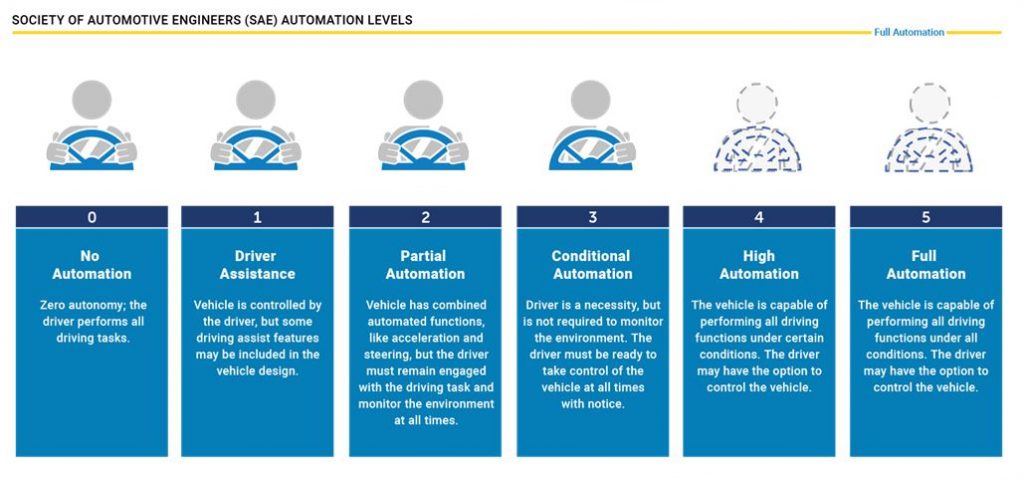How today's cars are gathering data to help build autonomous vehicles
If you’ve been following the news around autonomous vehicles lately, then you know the tech industry is moving rapidly to make cars fully driverless. The advancements are happening — and they’re happening quickly.
But autonomous vehicles, or AVs, wouldn’t be nearly as advanced today if it weren’t for the data currently being collected from cars. Automakers and innovators are using driving data to better understand real-life driving scenarios, which helps them improve products and make the technology safer.
What data is being collected?
If you’re driving a car manufactured after 2014, it’s collecting data and sending it back to the car manufacturer. According to a study by Esurance, this is happening constantly, potentially at a rate of 25 gigabytes per hour. With the average American driving more than 13,000 miles each year, that’s plenty of data to go around.
If you’re in a vehicle that predates 2014, your car is likely still collecting info on your driving habits and storing it in a black box, similar to the devices used on commercial airplanes. Some of the data collected from older vehicles includes the speed of a vehicle, whether seatbelts were being used and conditions of a vehicle before and during a crash. New technology may even take this a step further, and we may start to see cars that record your eye movements, hand positions on the steering wheel, smartphone connections and even whether you’re texting while driving.
How is the data being used?
People are more concerned about their privacy than ever — and rightfully so. In the case of automobile-collected data, which is generally owned by the automaker, there are few regulations about how the data can be used.
Think about how you currently use the data your car gives you. It can monitor your speed so that you drive safely, let you know when you need to fuel up and tell you when your tire pressure is running low, just to name a few things. If you have a navigation system, it’ll even help you get to where you need to go.
Now, layer that data on top of the data collected by today’s newer vehicles: how a car is driven differently in inclement weather, when the average driver is turning on their lights, if using a blinker decreases lane-change-related accidents and even if there’s an imminent collision. These are all elements that an autonomous vehicle needs to track, understand and use for improving processes and making everyone on the roadways safer.
How is this data helping build the auto of the future?
As the Society of Automotive Engineers illustrates with its five levels to autonomous vehicles, we are currently at the tipping point for AVs — between level 2 (limited automation, such as cruise control and lane-centering) and level 3 (partial autonomy, such as advanced lane-change assistance and applied braking).
In order to get AV tech to levels 4 and 5 — where our vehicles function fully on their own — engineers must use machine learning on all the data that’s being collected on drivers in order to inform AI-based systems.
To inform AI-driven systems, incredible amounts of data are required. Data scientists are working closely with automotive designers and engineers to build the car of the future. From AV-related patent licensing programs from Microsoft and Toyota to the marriage of data science and AV development, we are beginning to see the way that data helps build driverless cars.
All IoT Agenda network contributors are responsible for the content and accuracy of their posts. Opinions are of the writers and do not necessarily convey the thoughts of IoT Agenda.

